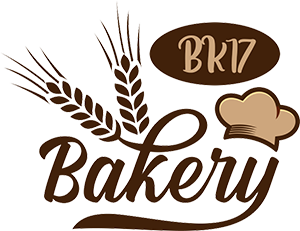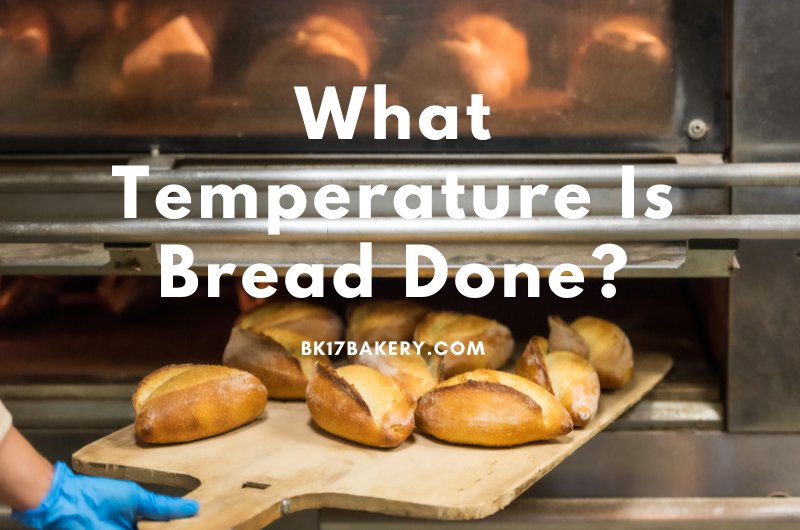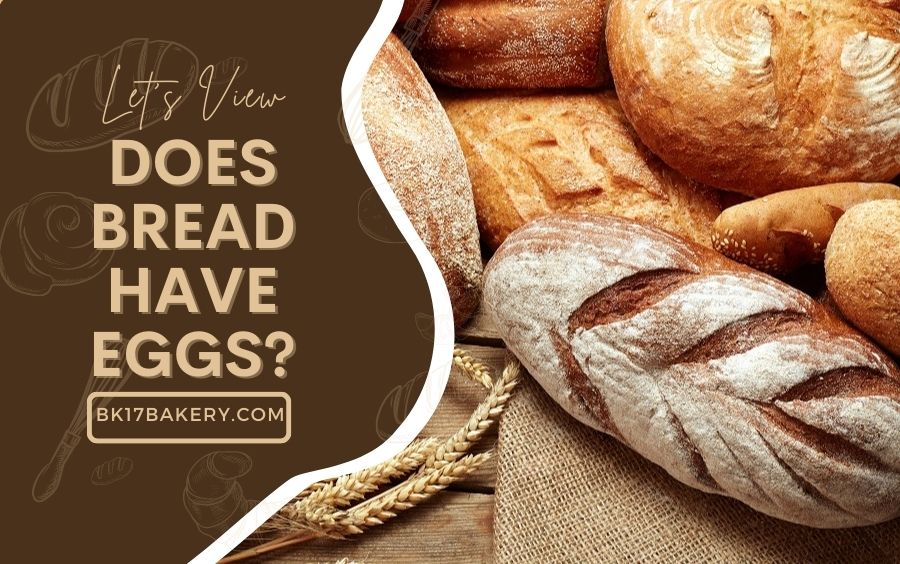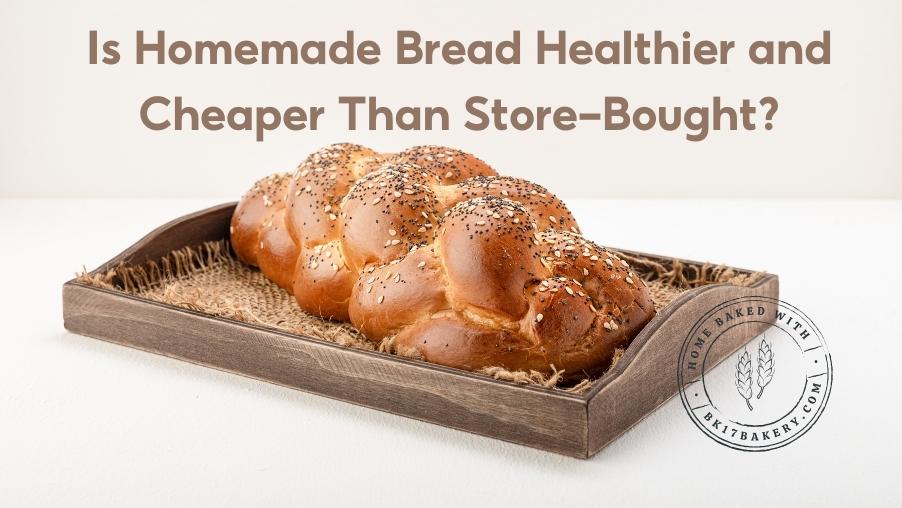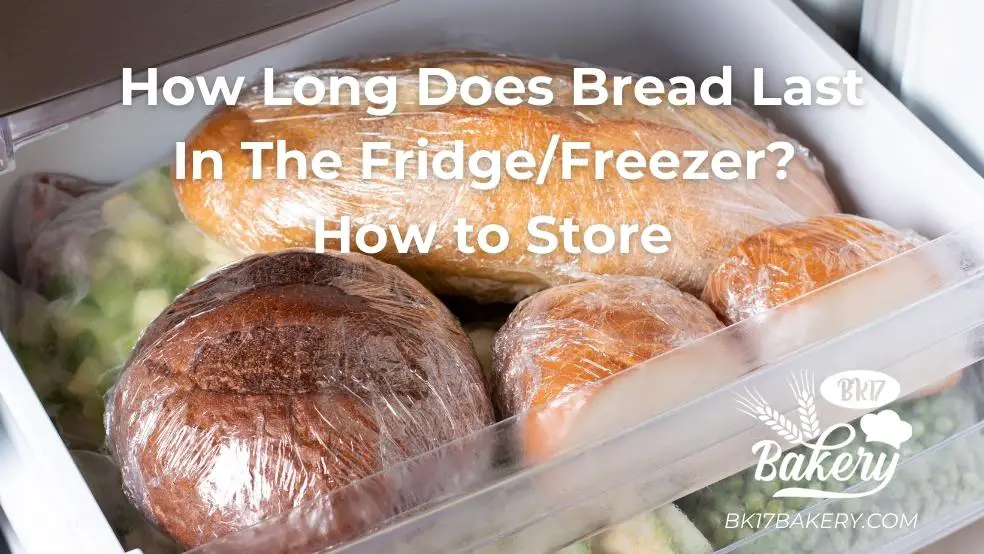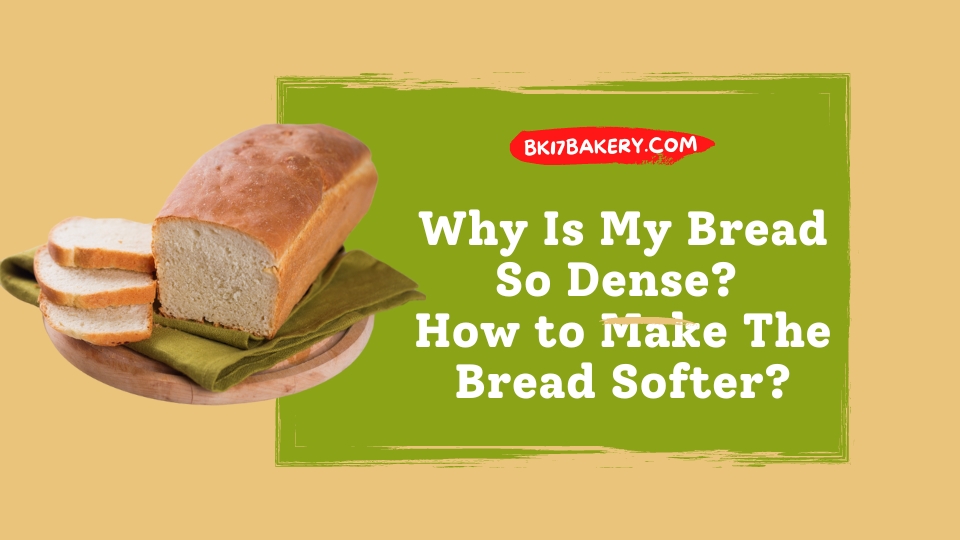Baking is an art that requires extra patience and love. You go through many stages: mixing the dough, waiting, kneading it again and again, and then putting it in the oven.
However, the final step is not simply placing the tray into the oven. You must adjust to the right temperature to cook the bread from the inside out. The question is: at what temp is bread done? Scroll down to learn!
In This Article
What Is The Temperature Of Baked Bread?
You know your bread is ready when its internal temp falls between 190°F – 210°F (88°C – 99°C). At this point, you have moist and soft bread, but the exact temperature varies with different bread types.
It is the same way you prepare the beef that results in different doneness.
For example, I tested two sandwich loaves at 190°F and 205°F. I noticed no visual difference, so I tried cutting out the crust to check the inside. Unexpectedly, the two samples had significant contrast in texture.
The 190°F loaves are more porous and moist, while the other seems dry and less appealing. After a few days of storage, the 190°F bread retains its moisture and is, therefore, more palatable.
On the other hand, baguettes require high internal temperatures for the perfect finished product. Some professional chefs even turn the heat higher to cook whole-grain ingredients. I put together the optimal temperature chart for popular bread recipes for your preference.
| Types of bread | Ideal temperature range |
| Bread buns or rolls | Not over 190°F or 88°C |
| Sandwich loaves or white bread | Not over 190°F or 88°C |
| Whole-grain rounds (large) | Under 210°F or 99°C |
| Baguettes | Around 212°F or 100°C |
| Sourdough | 205°F to 210°F or 96°C to 99°C |
| No-knead bread | 205°F to 210°F or 96°C to 99°C |
| Quick bread | 200°F to 205°F or 93°C to 96°C |
| Rye bread | 205°F to 210°F or 96°C to 99°C |
Using An Instant-Read Thermometer To Measure The Temperature Of Done Break
According to Maggie Knoebel, a culinary assistant at Taste of Home, a food thermometer is the best way to check the internal temp of bread. She warned that appearances might fool home cooks, especially with large loaves.
In my experience, her recommendation is true, typically with Granola Bread. It had a dark crust due to the whole-wheat flour, so it was impossible to judge bread doneness without a thermometer.
To be honest, I failed many times with this recipe in the last step due to the mistake of measuring the bread internal temp. It would help if you got the tip of the thermometer as deep inside as possible, but it is not easy. The dense texture misleads me about the center since the round loaves often have this point very far from the outer edge.
On my first attempts, I had only touched the interior, where the temperature tends to be higher due to direct heat exposure. I quickly removed the baking sheet from the oven, but the dough inside was still wet. My bread was not ready to serve and required a longer bake time.
“Test your bread a few minutes before the low end of the time range in the recipe,” Maggie suggested. I often check around the 30th mark if the recipe calls for 35-40 minutes in the oven.
Other Ways To Know The Bread Is Done
Tap At The Bottom
A traditional method of checking the doneness of bread is to touch its bottom. Remove your finished product from the oven, flip it over (upside down), and tap the bottom with your thumb.
This tip makes sense with soft dinner rolls like focaccia or naan. A perfect loaf is usually empty inside when it is done. Hence, it emits a hollow sound after each of your flicks.
I often apply this technique to Golden Butter Buns recipes. Baking takes 22-24 minutes, depending on the bread machine, but I usually finish at 20. I pause the stove at the 15th minute and flick the bottom.
If you are new to this method, try it every 5 minutes for ideal temperature control.
Toothpick Check
These small tools are used not only to puncture the air bubbles on the surface of the dough but also to check the bread inside. Insert the toothpick into the center and pull it out. Check for clumps on the toothpick with your naked eyes.
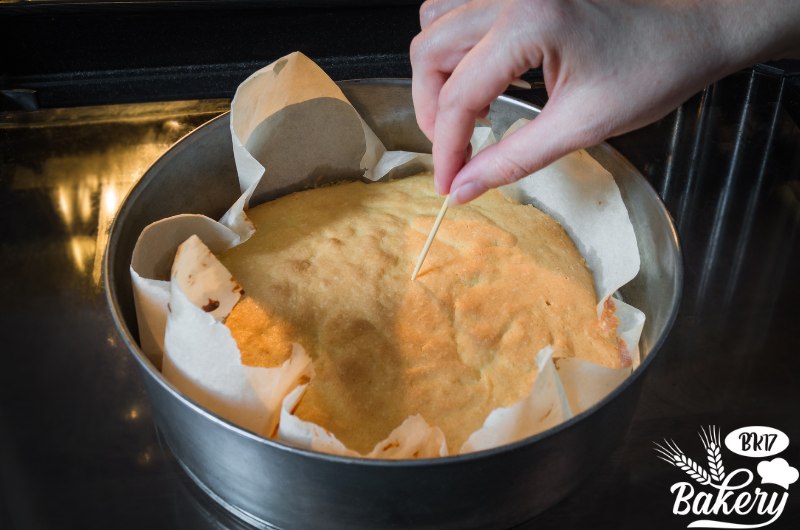
If there are only a few small crumbs, your bread is ready to come out of the oven. Conversely, you must extend the cooking time once you notice damp crumbs. This condition shows that the dough inside is still wet and uncooked.
Check The Color & Look
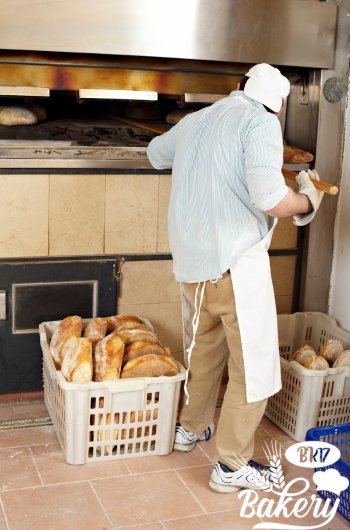
When the dough is exposed to heat, it swells and forms a golden brown crust (depending on the type of bread). This sign shows that your batch is close to the perfect condition for enjoying.
Plus, it also undergoes a transformation in texture. Along with a mild fragrance, the slightly mushy dough texture changes to a firm crust. Be aware that it is perhaps a confusing sign for overheating. Though the outer part colors early, the inside is still doughy or soggy.
However, it is worth mentioning the exceptions. Take Butter Buns, for example. It’s best to take them out of the oven when they have just started to show a few brown color spots. At this point, the insides are soft but very fragile. The hot breads taste good and stay in good condition at room temperature after a few days.
Of course, you can make it your way so that the bread suits your preference best. It is just that I am not a fan of chewy textures, so I made some adjustments.
The opposite applies to batches of baguettes. The low temperature does not take out all the moisture inside, leaving a soft and leathery crust. Instead, you’d better raise the target temperature slightly to caramelize the crust so your baguettes are chewier and richer in flavor.
Check For The Weight
Some professional bakers can tell doneness by weight. This technique is difficult for newbies, but you can practice it when baking.
Before placing the loaf in the oven, lift it and feel the weight. Repeat this action afterward and notice the difference – a cooked loaf is often slightly lighter than the initial dough.
FAQs
Can You Overcook Bread?
Yes, but it is not a good idea. Most bakers do not recommend overcooking unless you prefer the chewy and dry texture.
How Long Should You Bake Bread?
Each recipe requires distinctive baking time. Here is a quick rundown:
- Flatbreads: 20-30 minutes
- Sourdough: 33-42 mins
- Buns and rolls: 10-16 mins
- Quick bread: 32-36 mins
How Long Should Bread Rest After Baking?
Most bread needs a resting time of 2-3 hours to cool. The wait is worth it to get good taste and texture. Hence, use the thermometer again to check the temperature – below 95°F (35°C) is perfect!
See more: How Long Does Bread Last In The Fridge or Freezer? How to Store?
Conclusion
It may be difficult to determine the temperature of bread when done; fortunately, the chart above may help. However, I recommend higher temperatures for recipes with gluten-free yeast to strengthen the structure.
In addition, if you are baking at higher altitudes, lower the oven temperature by 5 degrees Fahrenheit to compensate for the low boiling point of the water.
